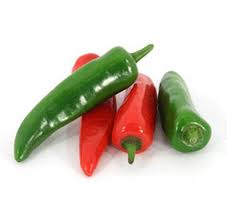 The practice of tattoos in Borneo has a rich tradition going back centuries and still seems to be alive and well. Borneo is the third largest island in the world and is a hostile region with few Westerners venturing in. As a result descriptions of tattoos were rare before the start of the twentieth century. There were many accounts of headhunting amongst the indigenous people which put off a lot of people from getting very far but fortunately since the colonization by the Dutch this practice has been outlawed!
The practice of tattoos in Borneo has a rich tradition going back centuries and still seems to be alive and well. Borneo is the third largest island in the world and is a hostile region with few Westerners venturing in. As a result descriptions of tattoos were rare before the start of the twentieth century. There were many accounts of headhunting amongst the indigenous people which put off a lot of people from getting very far but fortunately since the colonization by the Dutch this practice has been outlawed!The Kayan tribe are the source of most tattoo designs which spread to other tribes such as the Iban and Kenyah. The Kayan style (which means interior or inland person) of tattoos owes its popularity to its wood-block stamp technique. Tribe members would carve patterns into blocks of wood and then transfer it onto the skin. Tribes such as the Iban would then borrow tattoo motifs from the Kayan and others and adapt to suit their own tribe.
As a result tattoos spread throughout Borneo amongst different tribes as tribal members came back with different tattoo designs as a proof of their ventures much in the same way a passport is stamped when going to different countries. The traditional rosettes are still popular with the older generation with the younger generation going for more modern tattoo designs such as Asian inspired dragons and pin up girls.
 |
| Traditional Rosettes of Borneo Tattoos |
Of all the tribes in Borneo the Iban tribe is the most heavily tattooed with designs copied from the Kayan Kenyah and Bakatan tribes. The most common tattoo designs were the throat motif called the katak. Wrist tattoos called inkut were also common. They were believed to stop the soul from escaping the body.
Dogs, scorpions and rosettes were especially popular most often collected by members of a tribe during travels and encounters with other tribal members. The rosette was believed to a symbol of a dogs eye by some tribes which revered the dog even though it was not a sacred animal. Other tribes believed the rosette was a depiction of a flower.
 |
| Eggplant flower Dayak Tattoo |
 |
| Tribal throat Tattoo design. |
Tattoos in Borneo have become decorative even though in the past they were worn to detail a tribe members status. Tattoos such as dots found between the thumb and index finger can indicate that the person has killed someone and members of the Murut tribe earned tattoos as a reward for perilous journeys which are still commonplace.
Nowadays this style of tattoos are most often seen on those who have adopted the new tribal style of tattoos.
More on Borneo Tribal Tattoos






































